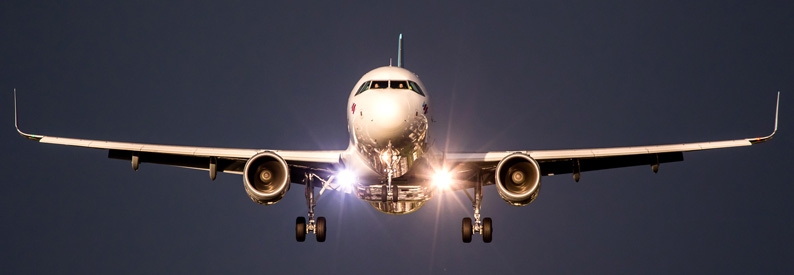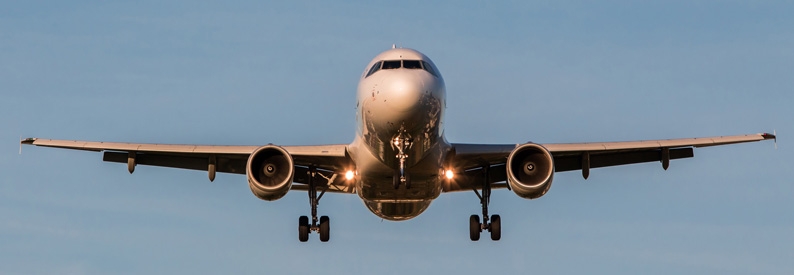SriLankan Airlines (UL, Colombo International) is seeking five second-hand A320 Family aircraft and the same number of A330s for a six-year dry lease.
The carrier's Request for Proposals issued on December 19 specifies that the A320s must not be older than 15 years at the time of their planned delivery to SriLankan Airlines. The airline is willing to evaluate A320-200s, A320-200Ns, A321-200s, and A321-200Ns. The aircraft have to be configured in a two-class layout with a separate business class, although SriLankan Airlines did not specify a set number of seats. Tentatively, all five should deliver in 2023, starting in June and concluding in December. While the airline is seeking aircraft on six-year leases, it would also consider offers of a three-year extension of aircraft already in its fleet but due to expire in 2023.
The airline estimates that the A320ceo/neo will be used for around 3,850 flight hours and 1,600 flight cycles per aircraft per year, while the A321s are scheduled to operate 4,250 flight hours and 1,500 flight cycles per aircraft per year.
The ch-aviation fleets module shows that SriLankan Airlines' current narrowbody fleet comprises five A320s, two A320neo, one A321, and four A321neo. All of them are leased.
In regards to the widebody lease, the airline is also willing to consider both previous-generation A330-200s and A330-300s, and new-generation A330-800s and A330-900s. However, it is seeking second-hand aircraft, also of at most 15 years of age at the time of the delivery. The two-class aircraft should deliver between May and November 2023. The expected annual utilisation of the A330s is 4,750 flight hours and 1,000 flight cycles per aircraft.
The carrier currently operates five A330-200s and seven -300s.
Suppliers have until January 30 to submit their proposals. SriLankan Airlines allows bids both from lessors and other airlines.
SriLankan Airlines said recently that the leases of the ten aircraft were necessary just to meet its immediate replacement needs considering the current end-lease schedule. The carrier previously hoped to lease significantly more aircraft - up to 42 in total - to address both the replacement and growth needs in the long term, but was stopped by the government due to the deepening economic crisis on the island.






